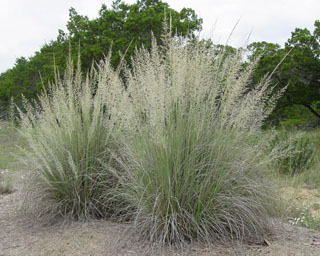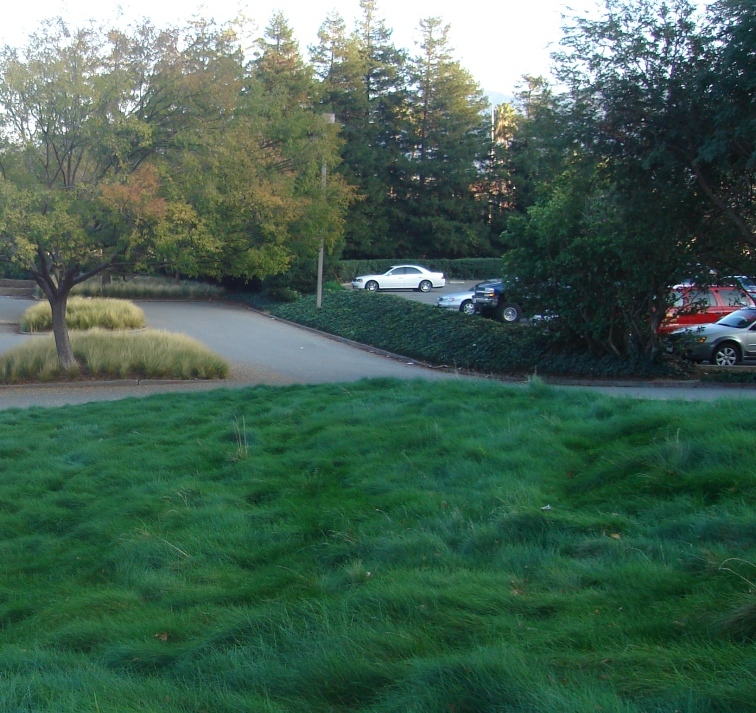 | Drought Resistant Planting
|
|
Can we have lush and beautiful landscapes
and save water?
The answer - yes! There are a myriad of drought
resistant and native plants along with some cultural practices that will save
water and provide enduring beauty.
The Bay Friendly Coalition has devised a list which we believe
is a good basis for a water friendly garden or landscape:
- Use California natives
or plants adapted to a Mediterranean climate
- Group
plants by water needs
- Minimize
or eliminate lawn area
- Install
efficient irrigation
- Water
according to plant needs, not just on a fixed schedule
- Use
mulch in garden beds
- Install
a rainwater collection of gray water system.
We Recommend Perennials in Place of Annual Plantings
They are easy to maintain, usually require less water, and less waste. See below for an example.
Beware of Invasive Plants!
The danger of these plants is that they spread rapidly and outcompete natives, degrade wildlife and increase fuel load.
Some examples are:
Pampasgrass
French Broom
Minimize Your Lawn
Substitute with beautiful no-mow Fescue, ground cover or pavers.
|
 | GROUND COVER
|
|
Lantana Montevidensis
Lantana is a flowering plant used as ground cover. It is easy to
grow and looks great throughout the year.
|
 | REPLACING INVASIVE PLANTS
|
|
Replace Pampasgrass with:
Lindheimer's Muhly Grass
Showy ornamental grass has blue-gray foliage and flowering spikes in the fall and winter. Good in poor soils, it grows up to five feet tall. |
 | NO MOW FESCUE
|
 Low maintenance, environmentally friendly and has a soft, carpet feel to it. It is a very rich green and appeals to people who like the look of a green lawn. |